A Guide to Creating A Successful Algorithmic Trading Strategy
$18.97
| Author(s) | |
|---|---|
| Format |
|
| Pages |
191 |
| Publication Year |
2016 |
A Guide to Creating a Successful Algorithmic Trading Strategy provides the latest strategies from an industry guru to show you how to build your own system from the ground up. If you’re looking to develop a successful career in algorithmic trading, this book has you covered from idea to execution as you learn to develop a trader’s insight and turn it into profitable strategy.
You’ll discover your trading personality and use it as a jumping-off point to create the ideal algo system that works the way you work, so you can achieve your goals faster. Coverage includes learning to recognize opportunities and identify a sound premise, and detailed discussion on seasonal patterns, interest rate-based trends, volatility, weekly and monthly patterns, the 3-day cycle, and much more―with an emphasis on trading as the best teacher. By actually making trades, you concentrate your attention on the market, absorb the effects on your money, and quickly resolve problems that impact profits.
Contents:
- A Brief Introduction: The Ground Rules
- The Idea
- Don’t Make It Complex
- Why Should I Care about “Robust” If I’m Trading Only Apple?
- Less Is More
- If You’re a Trend Follower, Don’t Use Profit-Taking or Stops
- Take Your Profit If You’re a Short-Term Trader
- Searching for the Perfect System
- Equal Opportunity Trading
- Testing—The Fork in the Road
- Beating It into Submission
- More on Futures
- I Don’t Want No Stinkin’ Risk
- Picking the Best Stocks (and Futures Markets) for Your Portfolio
- Matching the Strategy to the Market
- Constructing a Trend Strategy
- Constructing an Intraday Trading Strategy
A Guide to Creating A Successful Algorithmic Trading Strategy By Perry J. Kaufman pdf
13 reviews for A Guide to Creating A Successful Algorithmic Trading Strategy
Clear filtersOnly logged in customers who have purchased this product may leave a review.

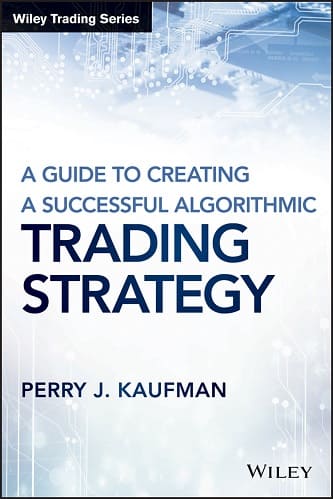

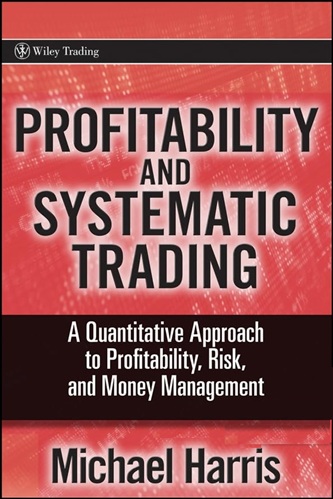

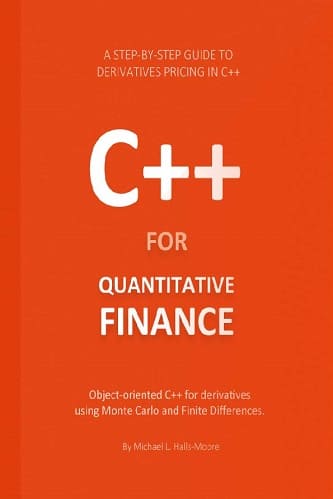
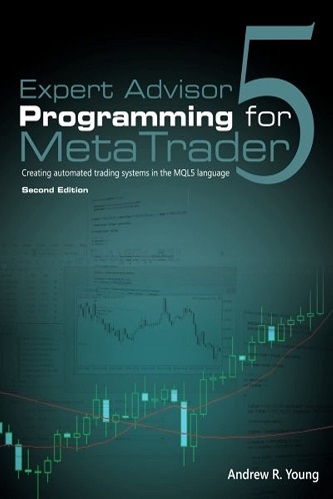

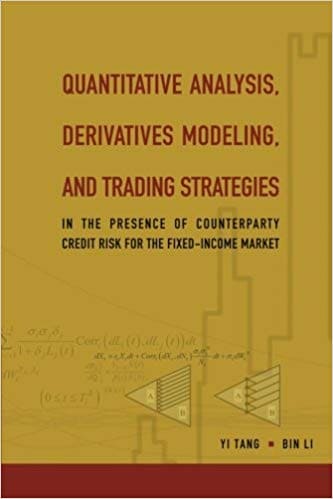
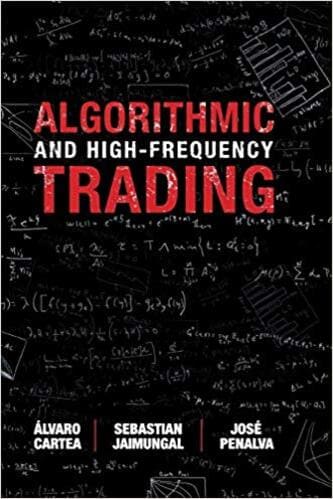
Leonel Beasley (verified owner) –
Some good insights, my expectations were higher though.
Jaylah Rivas (verified owner) –
The latest book from renowned author and trader Perry Kaufman. It’s a slim volume and priced low, which is a plus. The content is interesting but I will have to re-read it to ensure I have not missed anything. Nothing outstanding about the content but practical, sensible advice for people who already have some trading experience.
Wesley Atkins (verified owner) –
What a treat to have years of Perry Kaufman’s productive thinking and analysis on trading condensed into a single, very readable book! A great distillation of experience and ideas with indispensable guidelines for building successful and durable systems. Every trader will recognize its ring of truth.
Abraham McCormick (verified owner) –
Perry Kaufman is well known for his two kilo book, “Trading Systems and Methods”. This new book represents the other side of the coin: a short and quickly readable book that deals with the most important issue to develop a successful trading system.
This new book is not a summary of the previous book, and, even if in a first reading the content could seem simple, it is not simplistic. I believe that those who are not familiar with the subject of Trading Systems will find a clear process in order to understand the issue and know how to start, but those who already have some experience will realize that the work is dense with concepts that come from years of experience and repeated field trials. So, it is true that this book can be read very quickly, but you should also read it a second time in order to fix some very important concepts that derive from the experience of the author and that might have been overlooked in the first reading.
Zelda Arnold (verified owner) –
In this 177-pge compact guide, Kaufman provides a viable approach and with tools that anyone can use to develop a successful trading strategy if they are serious, disciplined and can follow rules without letting emotions get in the way. This book covers a trend following system using moving averages that also encompasses discussions of volatility, risk and cost, including profit-taking an stops.
The author provides the exact guidelines for building a reliable trading system, as well as illustrating a strategy with back-tests on different moving averages lengths using Apple and Eurodollar interest rates. He discovered that long-term trend following is profitable using a wide range of medium- to-slow trends (e.g., 60 to 120 days).
Moving averages, breakouts and linear regression are the main ways to identify the trend. He prefers the breakout approach which buys new highs and sells new lows. Risk controls are critically important and must be used all the time.
It is imperative to find a trading idea that is compatible with your personality and trading style no matter what your trading timeframe is, according to the author. That is because there are many profitable trading strategies that can be employed, as long as the investor is observant and willing to take the risk.
Trading ideas should be easily understood and not complex. Kaufman states: “The perfect tools for getting it wrong are genetic algorithms, neural networks and optimization. They are useful tools but over abused.” He likes to use building blocks testing each rule separately and then together for a possible integrated solution.
Successful systematic traders use a robust system with a few rules and they have the discipline to follow it. Long-term trend following is robust and it is a popular methodology since many variations work. Kaufman measures robustness as the percentage of profitable trades. In the back-tests, approximately 70% should be successful. It is necessary to include all costs –commission, slippage and any borrowing costs– in the back-tests to ensure accurate results.
According to Kaufman, “Being in the market less often can have important advantages.” The author found that short-term trading produces a smoother equity curve than longer-term trend trading. A smart strategy is to book a decent profit with less exposure to the daily market fluctuations. He discovered that only 30% of the trend trades are profitable, thus the winner’s need to be much larger than the losers. He believes that fiddling with the date to create new rules to get better results will most likely lead to worse results and bigger losses in real-time going forward.
The author prefers a breakout system to moving averages since they have fewer trades and more understandable entry points. He further suggests that long-term trend followers not use stops or profit-taking approaches, but short-term traders should take small profits and small losses. He urges investors to take positions of equal risk with proper position sizing to manage risk. Moreover, he suggests using up to four different trading strategies for diversification purposes.
Kaufman prefers fully automated trading which he began using in the early 1970s. He believes that a system needs only a few rules and should work in multiple markets if it is to be reliable going forward. He provides an eight-step process for developing a trading system using a trading platform to test out ideas. In the back of the book, Kaufman provides system platform websites, as well as websites for blogs and periodicals. Overall, the author provides a well-written guide to making money in the markets. Those individuals that can adhere to rule-based decision-making will be able to get the most out of this book.
Brandon Patterson (verified owner) –
First of all this book is extremely small. The dimensions of the book are roughly half the size of a normal book, and the page count itself is 150 pages, but in a normal book this would be like 60-70 pages. At the beginning the author says he created a short book so that the reader “will read it all”.
Secondly there is nothing specific about how to create an algorithmic trading system. The author seems to think any idea for a trade is an algorithm. There is not a single line of code, math formula, or mention of programming languages in this book. It seems most of the trades he is suggesting are making up some rules by hand and following those rules specifically.
Half the book is memories the author has from his trading days on strategies that will obviously not work anymore. In one case he remembers being at the pit of the Chicago Mercantile Exchange and was having to yell his order through his broker to get the order filled.
Many times the author will detail a “strategy” like following a breakout. This means buying if the stock reaches a new high, or selling short if the stock reaches a new low. He will say this, then give no details about implementing an algorithm, except to say you should stick to the rules if you can.
Sections on risk were laughably elementary. To give an example there is one subsection called “Stabilizing the risk” (pg. 152). The author states: “Risk control must be everywhere in your trading system. The two most important places are at the very start of each trade and when all of your markets are combined into a portfolio.”
Later to conclude this same section on risk he says: “The objective is to increase leverage when the market is quiet and often producing profits, and decrease when there is too much risk, where or not there are profits. We want to avoid risk because what is good today can be ugly tomorrow.”
There are tons of these blanket generalities such as suggesting the system should reduce risk but there is nothing specific at all. He even says he does not want to give specific details because that would make it too easy.
At the end of the book, he again mentions the book is so short because he wants you to read it all. I found it to be an insult to the reader the author didn’t think people would be able to read more than 70 pages of his writing. It’s very obvious this author has nothing to say, so they made the dimensions of the book tiny so it would appear bigger.
Lastly, there is not a single graph showing any trading results this author has had. There’s not a single mention of any programming language like Python, R, or MATLAB. And there’s pretty much no even a single algorithm in the book, just generalities about the markets and some memories the author from trading decades ago.
Brantley Odom (verified owner) –
Well written. Readable. Sensible advice
Ainhoa Ross (verified owner) –
A lot of insights.
Mina Thornton (verified owner) –
This is another exceptional book of Mr. Kaufman that offers insightful tools for professional experts and non experts in the matter.
Phillip Mayer (verified owner) –
I read all Perry’s books, but this is a real gem, easier to digest than the previous Heavy Volume. A ”Must Read” for all system traders.
Laylani Shelton (verified owner) –
Well, in my opinion this is an honest book. The author clearly describes a process of system creation, and, obviously, the author has a lot of personal experience. But, don’t expect to find here any breakthrough – if you did by your own hands at least one system, everything mentioned in this book should be familiar to you.
Indeed, some of his remarks – ie on trading details, what works and what doesn’t, are worth of paying attention to, but it is the other story, a story of a trader, sharing his memories. And it is not you were lookinig for by purchasing this book.
It is a rare case I give three stars, as I expected to meet more deepness and focus from this book.
Taylor Conner (verified owner) –
Good read and well written. Key points made. No doubt the author is an expert full of knowledge. If a 2nd edition came out, it could greatly be expanded and expounded on, clearly stating rules better, covering more futures/forex markets a beginning developer would seek to use, explaining money management and its use or lack thereof in sample tests, and certainly needs bigger, clearer color graphs and charts. The visual displays are making clear points and would be well served to be bigger and in color. If a 2nd edition comes out, covering many more futures markets, would be helpful to the beginning developer and prove the authors repetitive point of stability/robustness.
Jorge Gordon (verified owner) –
The is a great book that I will definitely recommend to other traders. I started trading two years ago and have a lot of questions when I develop a strategy. Such as how can I pick the best parameter, which strategy is more stable than the others, How can I avoid curve fitting. When should I use stop or profit target. Perry provide his experienced knowledge in this book and it’s easy to understand since he will let you know the reason behind the point. If you are a newbie in this area, you probably will think it’s too high level. But if you have some experience around trading, you will find this is a book you must have. From my point of view, I want to learn more about trading and I did learn a lot from this book.